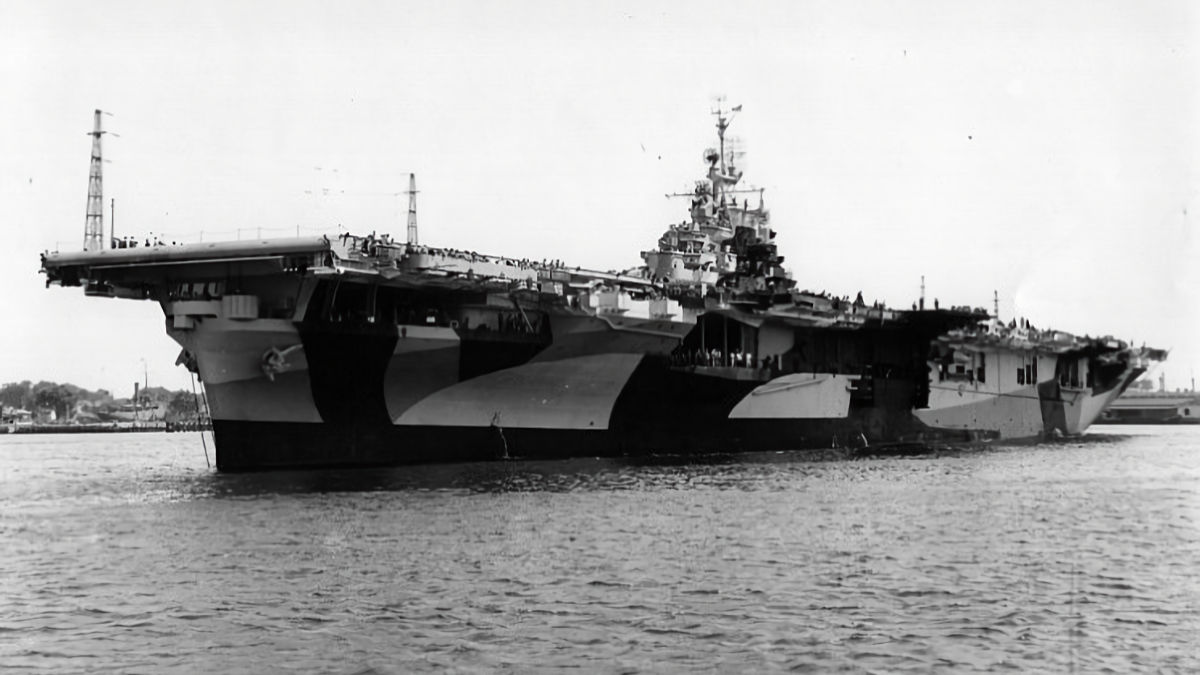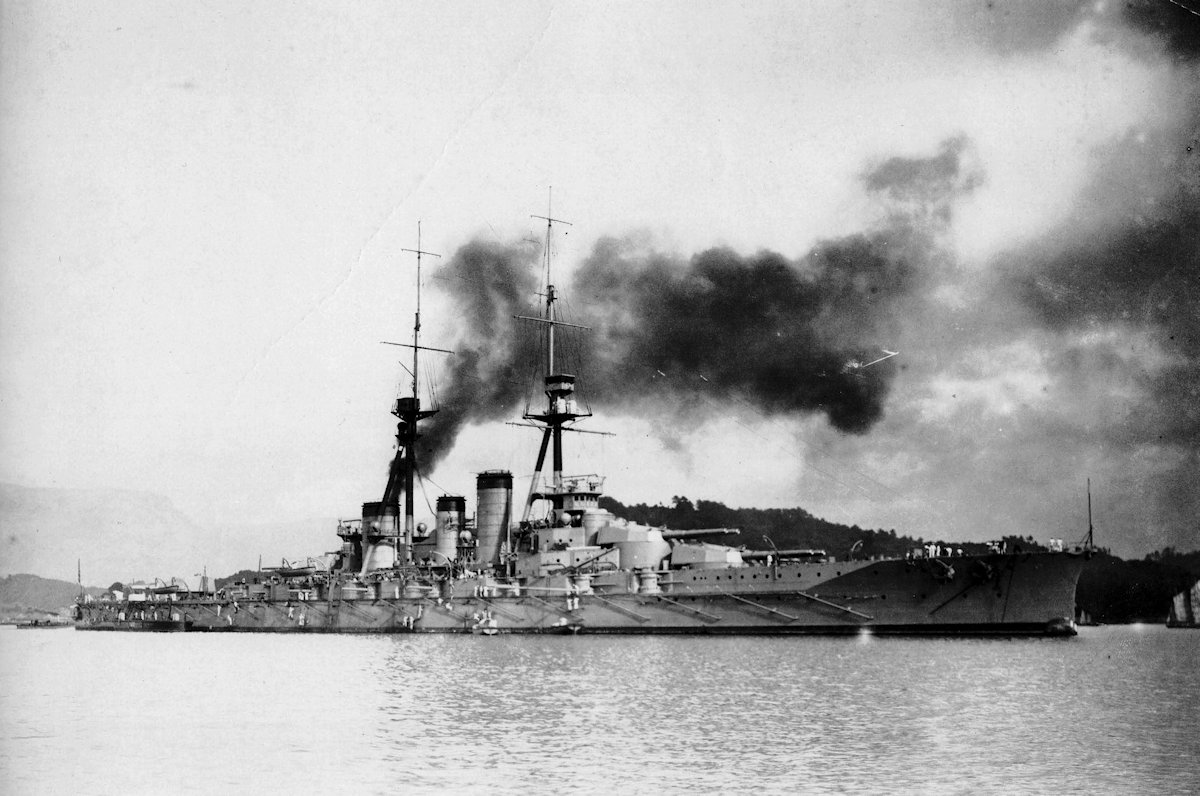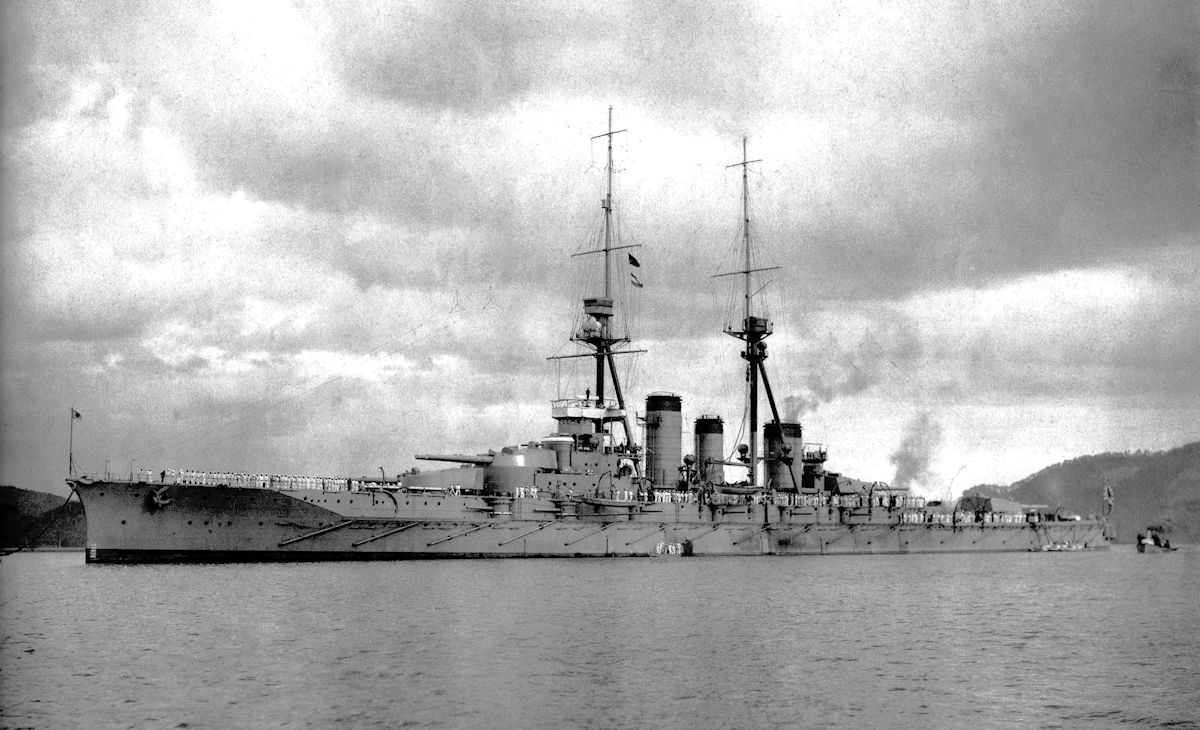Tag: Military
-
US Aircraft Carrier USS Franklin CV-13

US Aircraft Carrier USS Franklin CV-13 Laid down on 7 December 1942 and launched on 14 October 1943, USS Franklin CV-13 was an Essex-class aircraft carrier of the US Navy. Commissioned into the navy on 31 January 1944 she then undertook a work-up phase before moving to the Pacific. From the end of June 1944,… Read more
-
Japanese Battlecruiser Hiei

Japanese Battlecruiser Hiei Laid down on the 4th of November 1911 and launched on the 21st of November 1912, Hiei was the second of the four-ship Kongō-class battlecruisers built for the Imperial Japanese Navy. Her three sisters were Kongō, Kirishima and Haruna. Commissioned into the fleet on the 19th of April 1915, she saw no… Read more
-
Japanese Battlecruiser Kirishima

Japanese Battlecruiser Kirishima Laid down on the 17th of March 1912 and launched on the 1st of December 1913, Kirishima was the third of the four-ship Kongō-class battlecruisers built for the Imperial Japanese Navy. Her three sisters were Kongō, Hiei and Haruna. Commissioned into the fleet on the 19th of April 1915, she saw no… Read more
